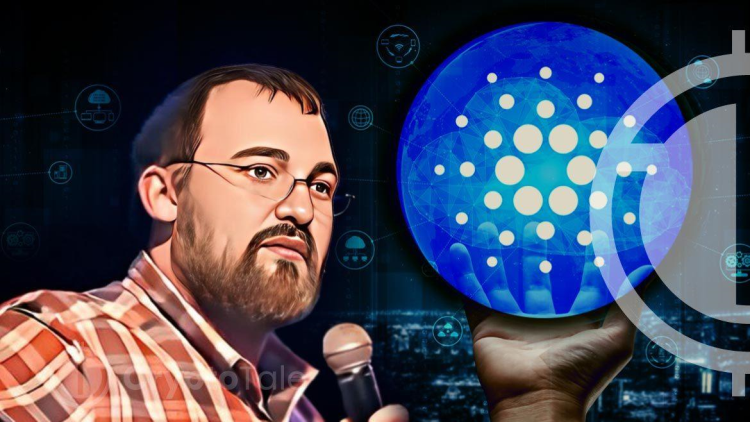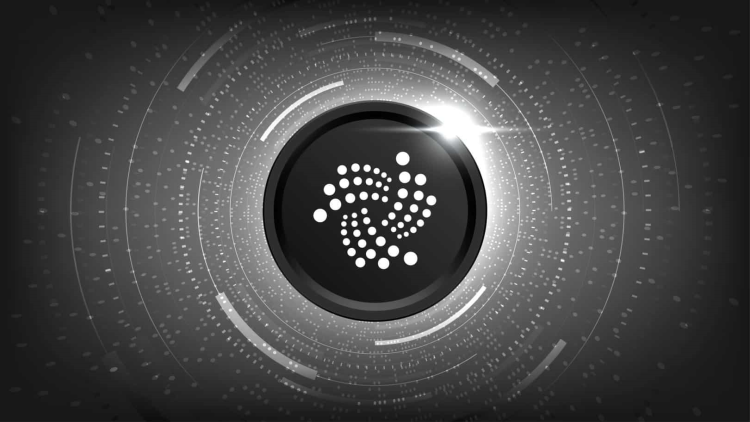What Is IOTA (MIOTA)?
IOTA is a distributed ledger with one big difference: it isn’t actually a blockchain. Instead, its proprietary technology is known as Tangle, a system of nodes that confirm transactions. The foundation behind this platform says this offers far greater speeds than conventional blockchains — and an ideal footprint for the ever-expanding Internet of Things ecosystem. To learn more about this project, check out our deep dive of IOTA. Because there’s no blockchain, there are no miners, and because there are no miners, there are no fees. Many established networks see costs balloon when congestion intensifies, but IOTA aims to provide limitless throughput at minimal expense. In time, IOTA’s goal is to become the de facto platform for executing transactions between IoT devices. Given how estimates suggest there could be 20.4 billion such devices out there by 2024, this could end up being big business. The team behind IOTA believe that the potential use cases don’t end here. They believe their distributed ledger could deliver digital identities to all, result in car insurance policies that are based on actual usage, pave the way for cutting-edge smart cities, deliver seamless global trade and prove the authenticity of products. Originally known as Jinn, a crowdsale for the project was held in September 2014, and the network officially launched in 2016.
Who Are the Founders of IOTA?
IOTA has four co-founders, and their names are Sergey Ivancheglo, Serguei Popov, David Sønstebø and Dominik Schiener. According to the IOTA Foundation, the initiative has rapidly grown since then — and team members are now based across more than 25 countries. Sonstebo and Schiener are collectively co-chairmen of the board of directors, while Popov is a board member and the foundation’s director of research. Ivancheglo resigned from the Berlin-based project back in June 2019 but continues as an unofficial advisor. At the time, he said in a statement: “I no longer believe that the IOTA Foundation is the best setting for me to realize what we set out to create back in 2014 and 2015. I have always done my best work in a less rigid environment. I am looking forward to continuing the work on both hardware and software development of IOTA independently.”


 Chinese Yuan
Chinese Yuan
 Emirates Dirham
Emirates Dirham
 American Dollar
American Dollar
 Swiss Franc
Swiss Franc









